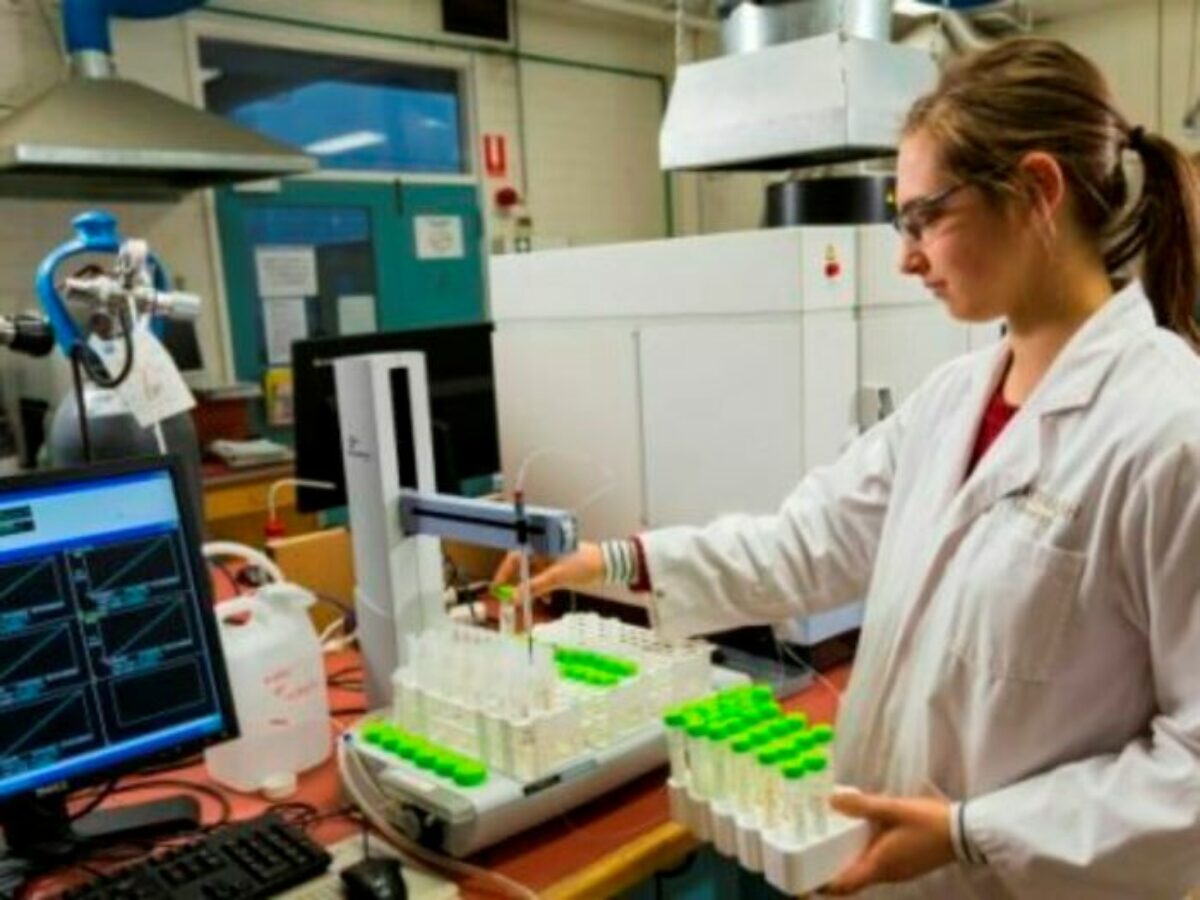Late in the day, Canberra seeks views on mRNA technologies

By Peter Roberts
It seems a long time ago that Australia was in the grip of the Covid-19 pandemic and novel mRNA technologies were hot news.
Though the technology had been around for decades it was the pandemic which saw the first major vaccines made using the genetic technology approved for public use in 2020, with the approval of Pfizer and Modferna vaccines.
While traditional vaccines have been grown in biological systems such as chicken eggs, mRNA technology exists in a laboratory, with mRNA – the part of a cell that directs the cells to make a protein using its natural processes – manipulated to produce a protective vaccine.
With new vaccine development now a matter of months or even weeks (safety and efficacy trials can take a lot more time), all the world including Australia rushed to develop mRNA capabilities.
It is odd then that it is in September 2023 that the federal government has issued a Department of Industry, Science and Resources discussion paper to help it develop ways to encourage mRNA industry.
The paper, Understanding our RNA potential, included a stakeholder survey to ‘help DISR better understand the opportunities for growth and gain a clearer understanding of the technologies currently under development across the country’.
In fact a lot has already been done, including under the Morrison government which began the process of partnering with Moderna and the Victorian Government to build a large-scale mRNA vaccine manufacturing facility in Melbourne.
The discussion paper said this was a game changer for the RNA sector, with Australia to be one of few countries in the world with commercial mRNA manufacturing capability.
Also underway in concert with Myeloid Therapeutics, the NSW RNA Pilot facility at Macquarie University will make RNA therapies for humans and mRNA vaccines for animals.
In South Australia BioCina’s manufacturing facility bought from Pfizer and associated with the University of Adelaide is expanding its mRNA GMP capabilities to establish Australia’s first CDMO that can support the manufacturing processes for pDNA, mRNA, encapsulations, and formulations.
Meanwhile the Queensland Government, Sanofi, University of Queensland and Griffith University are investing $280 million on a new Translational Science Hub for mRNA vaccine development, initially focusing on chlamydia.
To this list you could add Melbourne parmaceutical manufacturer IDT Australia which had been positioning itself in the mRNA field, only to miss out on federal support.
The Minister for Industry and Science Ed Husic in releasing the discussion paper drew attention to its targeting of $1.5 billion through the National Reconstruction Fund (NRF) for medical manufacturing, $1 billion for advanced manufacturing and a further $1 billion for critical technologies – sectors that can include biotechnologies.
Husic said: “RNA technologies offer opportunities for Australia, from rebuilding onshore advanced manufacturing, boosting sovereign capability and creating highly skilled local jobs.
“Australia could be a global producer of new RNA vaccine treatments for conditions ranging from COVID-19 to cardiovascular disease and influenza in humans, as well as vaccines for animal illnesses.
“We’re backing the development of RNA technology with billions of dollars of support for medical manufacturing and critical technologies through the National Reconstruction Fund.”
Really, the shape of Australia’s mRNA capabilities in research and industry have already become clear in the washup from Covid.
They are exciting, no doubt, but do we need a public consultation process to find that out?
Further reading:
DISR discussion paper here.
Construction underway at Moderna Monash mRNA facility
BioCina to expand mRNA vaccines capabilities
IDT Australia misses out on federal mRNA support
Picture: Monash University
@aumanufacturing Sections
Analysis and Commentary Awards Defence Manufacturing News Podcast Technology Videos










